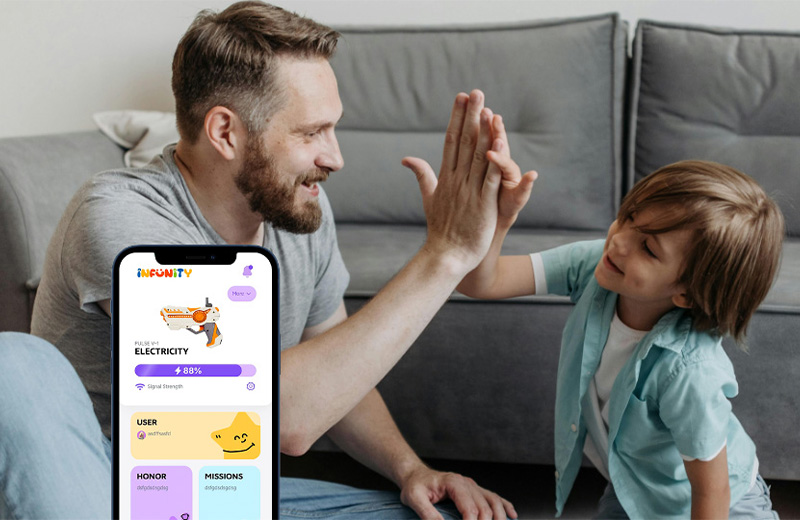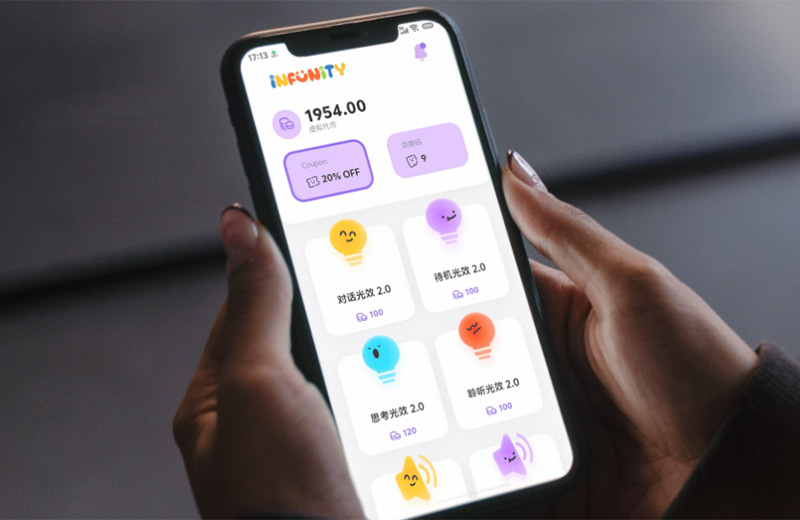According to a report by Grand View Research, the global smart toy market was valued at over $16 billion in 2024, with an expected annual growth rate exceeding 15% through 2030. This surge comes as parents increasingly look for toys that combine entertainment with education — “edutainment,” as the industry now calls it.
From Passive to Interactive
Plush toys, for all their charm, have always been static in nature. They rely on imagination — the child provides the story, the voice, and the emotion. AI toys, by contrast, introduce feedback and agency. They respond, adapt, and evolve with the user. “The key difference is interactivity,” says an analyst from the China Toy and Juvenile Products Association. “AI toys engage children cognitively, not just emotionally.”

Companies like Shenzhen Chuangqu Wuxian Intelligent Devices Co., Ltd. (INFUNITY) exemplify this shift. Originally a traditional toy manufacturer with over 20 years of experience, the firm has pivoted to the AI frontier with products like the PULSE V-1, a sci-fi–inspired smart toy gun. Unlike typical gadgets, the PULSE V-1 features a built-in AI companion capable of object recognition, voice interaction, and storytelling — merging play, learning, and technology in one device.
Learning While Playing
AI toys are finding their way into early education. For children aged 3–8 — the key demographic for language and cognitive development — AI-based playmates can introduce vocabulary, teach foreign words, and encourage curiosity through scanning and dialogue. Some products, including INFUNITY’s line, even offer parental apps that track a child’s interaction patterns and suggest new educational content.
That said, the plush toy still holds emotional ground. Psychologists note that tactile comfort remains vital for emotional development. A soft bear cannot answer questions, but it can provide security — something no algorithm can replicate. The ideal playroom of the future may contain both: a plush toy for comfort and an AI toy for curiosity.
The New Economics of Play
The growing presence of AI in the toy sector has also redrawn the industry’s value chain. Traditional manufacturers are increasingly collaborating with tech startups and AI developers. Meanwhile, parents’ expectations have shifted — they now evaluate toys not only on quality and safety but also on digital literacy and learning outcomes.
In China, where over 70% of global toy exports originate, companies like INFUNITY demonstrate how legacy expertise in manufacturing can evolve into innovation-driven competitiveness. Their philosophy — “building a bridge between fun and learning” — reflects a broader trend: toys are no longer just objects of play, but tools of growth.
When smart toys find their way into classrooms, living rooms, and even children's imaginary worlds, we may well be witnessing a brand-new kind of "childhood". Only this time, childhood companions—have started to talk.




 Recommended for You
Recommended for You
















